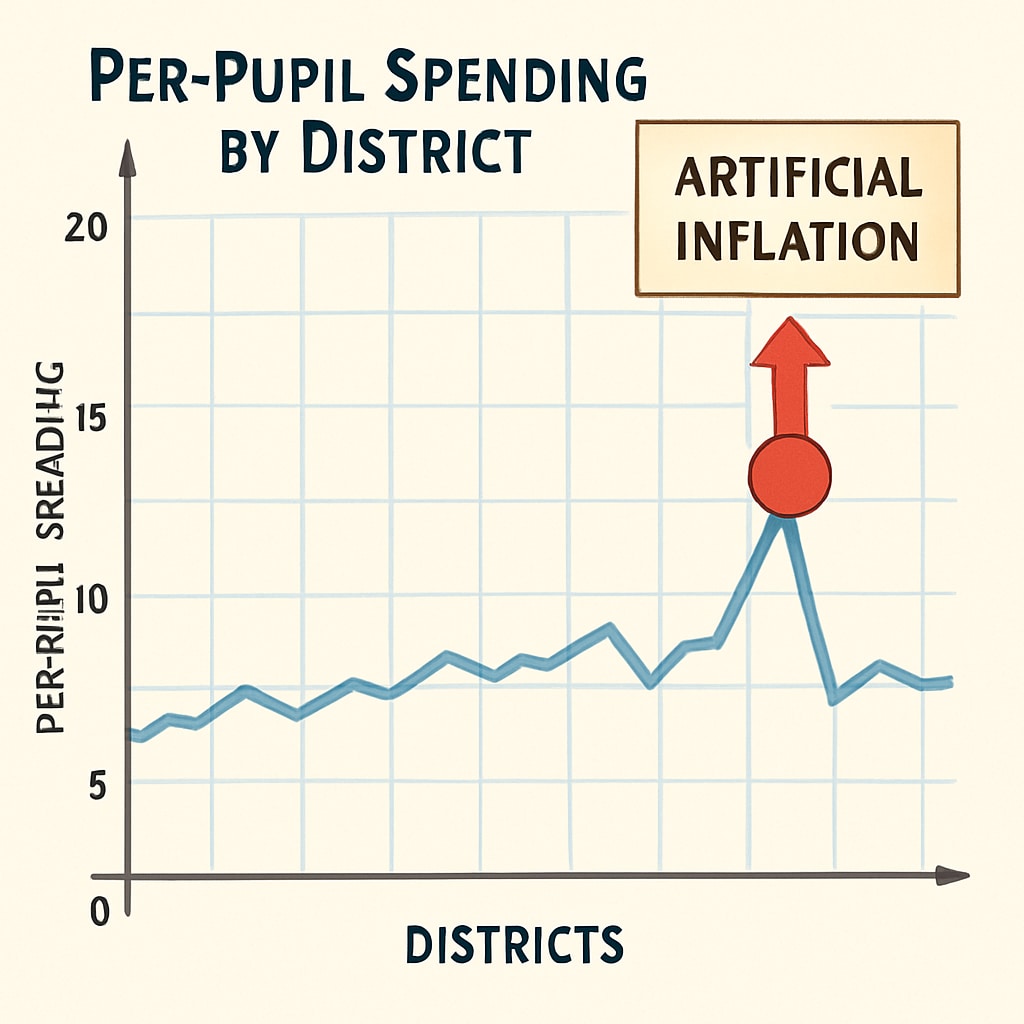The metrics surrounding “funding, per-pupil expenditure, and school budgets” have become pivotal in evaluating the effectiveness and equity of K12 education systems. However, behind these seemingly transparent numbers lies the potential for artificial inflation. This article seeks to uncover how funding manipulation may distort the data, ultimately impacting the equitable allocation of educational resources and community trust in school financial systems.
Dissecting Per-Pupil Spending: The Role of Funding Manipulation
Per-pupil expenditure is often viewed as a benchmark of educational quality and resource allocation. It is calculated by dividing total school spending by the number of enrolled students. However, this metric can be misleading if funding is artificially inflated. For example, certain districts may include non-direct educational expenses—such as administrative costs or one-time infrastructure investments—under the guise of per-pupil funding. This skews the perception of resource availability while not necessarily improving student outcomes.

In addition, districts with greater political or financial influence may exploit loopholes to secure additional funding. This creates disparities between districts, where affluent areas may appear to have higher spending but lack proportional improvements in education quality. As a result, the integrity of the metric is compromised, and policymakers are misled into making suboptimal decisions.
The Impact of Artificial Inflation on School Budgets
Artificial inflation in school budgets does more than distort data—it directly affects how resources are allocated. For example, inflated numbers can mask inefficiencies within school systems. Instead of addressing core issues like teacher shortages or outdated instructional materials, manipulated data may redirect funds toward non-educational expenditures. As a result, schools that genuinely need financial support may lose out.

Moreover, communities are impacted by the lack of transparency. Parents and taxpayers rely on accurate data to advocate for their schools. When information is manipulated, their efforts may be misdirected, further perpetuating inequities. This highlights the need for oversight mechanisms to ensure data integrity.
Moving Toward Transparency and Equity
Addressing artificial inflation requires systemic changes to how educational finances are reported and audited. Some potential solutions include:
- Standardized Reporting Metrics: Mandating uniform definitions for what constitutes per-pupil spending across districts.
- Independent Audits: Regular reviews of school budgets by third-party organizations to identify discrepancies and inefficiencies.
- Public Accessibility: Ensuring financial data is accessible and comprehensible to stakeholders, including parents and taxpayers.
- Policy Reform: Advocating for legislation that prevents the inclusion of non-essential expenses in educational spending metrics.
In addition, districts must prioritize ethical financial practices and focus on investments that directly impact student learning outcomes. By fostering transparency, communities can rebuild trust in their educational systems and ensure equitable access to quality education.
Readability guidance: This article uses concise paragraphs, lists, and transitions to maintain clarity. Active voice is prioritized to enhance engagement, and technical terms are briefly explained for accessibility.


